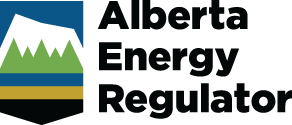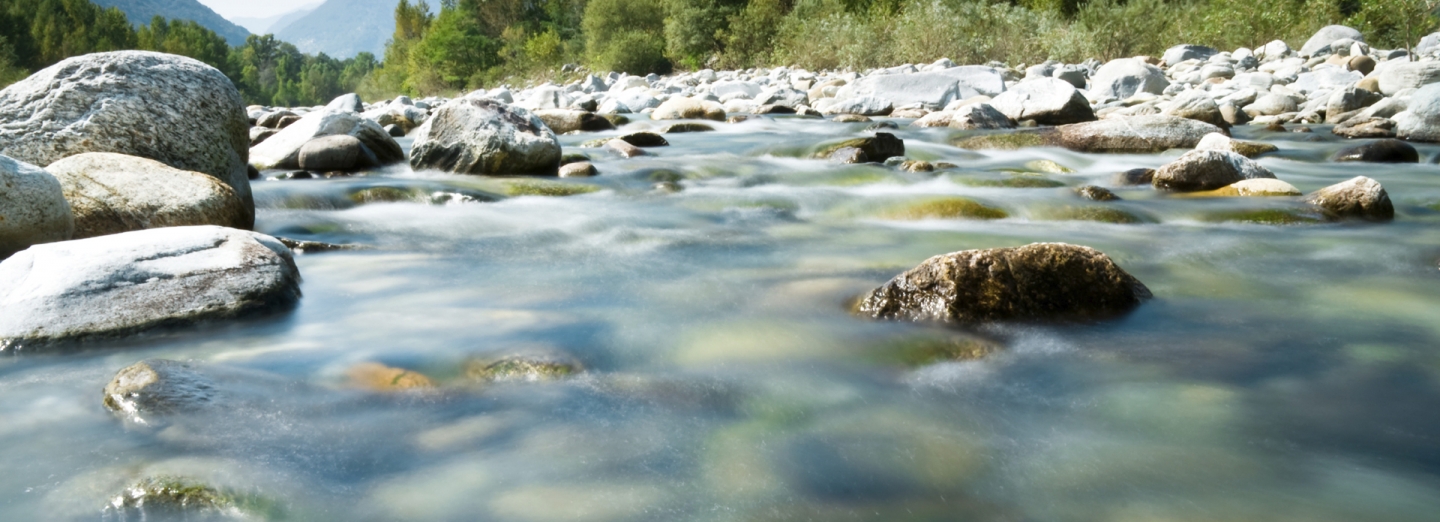Updated June 2023
Ethane
In 2022
Production: Ethane production in Alberta grew 3.6 per cent in 2022 compared with 2021, averaging 35.2 thousand cubic metres per day (103 m3/d) or 222.6 thousand barrels per day (103 bbl/d). Production growth was supported by higher ethane prices in 2022.
Demand: In 2022, Alberta’s demand for ethane grew to 39.3 103 m3/d (249.0 103 bbl/d), and Vantage pipeline imports declined to 4.2 103 m3/d (26.4 103 bbl/d). The demand growth was driven by the Dow Chemical and Nova Chemicals facilities returning to their normal production levels after major maintenance in 2021. Ethane is imported via the Vantage pipeline to meet petrochemical demand.
Forecast for 2023 to 2032
Production: Ethane production is forecast to rise slightly, reaching 39.6 103 m3/d (250.4 103 bbl/d) by 2032. While the production of raw natural gas is projected to grow over the next ten years, Alberta’s ethane supply remains flat as ethane is assumed to be left in the NGL stream (rejected) and sold at the natural gas equivalent value due to current levels of ethane processing capacity and a share of demand satisfied by contracted imports.
Demand: Ethane demand continues to grow and will be 42.1 103 m3/d (266.6 bbl/d) in 2023, reaching 43.4 103 m3/d (274.4 103 bbl/d) by 2032. Growth in demand over the forecast is driven primarily by DOW’s planned expansion.
Figure S6.1 shows Alberta’s ethane supply from natural gas and demand.
Propane
In 2022
Production: Propane production in Alberta was 37.7 103 m3/d (237.5 103 bbl/d) in 2022, up 3.9 per cent from 2021. This increase is consistent with growth in raw natural gas production in 2022.
Demand: In 2022, Alberta’s demand for propane grew to 10.2 103 m3/d (64.5 103 bbl/d), up 8.5 per cent from 2021, primarily due to an increase in industrial and commercial demand.
Forecast for 2023 to 2032
Production: Propane production is projected to grow over the forecast period, reflecting expected growth in natural gas production and continued targeting of liquids rich gas by producers, supported by high commodity prices. Propane production is expected to increase from 42.1 103 m3/d (265.3 103 bbl/d) in 2023 to 46.1 103 m3/d (290.4 103 bbl/d) by 2032. This gradual growth is in line with the production forecast for natural gas.
Demand: Propane demand is projected to grow in 2023 by nearly 21 per cent compared with 2022, increasing to 12.4 103 m3/d (78.1 103 bbl/d). This increase is primarily driven by feedstock requirements for Inter Pipeline’s polypropylene and propane dehydrogenation facilities. Propane demand maintains steady growth throughout the forecast period, reaching 15.1 103 m3/d (95.4 103 bbl/d) by 2032.
Propane is exported by rail to the U.S. to meet agricultural and seasonal demand.
Figure S6.2 shows Alberta’s propane supply from natural gas and demand.
Butane
In 2022
Production: Butane production in Alberta grew in 2022, reaching 23.2 103 m3/d (146.2 103 bbl/d), in line with higher butane prices, increased natural gas production, and continued targeting of gas from liquids-rich areas. Excess supply is assumed to be stored or exported out of province, including as a mixed product such as liquified petroleum gas.
Demand: Butane demand grew 0.7 per cent in 2022 to 16.6 103 m3/d (104.5 103 bbl/d). Demand was driven by blending with nonupgraded bitumen.
Forecast for 2023 to 2032
Production: Butane production is projected to grow steadily throughout the forecast period at an annual average of 1.7 per cent, reaching 27.5 103 m3/d (172.9 103 bbl/d) by 2032 as producers continue to target economically attractive liquids-rich gas plays like the Duvernay and Montney Formations.
Demand: Butane demand is also projected to maintain steady growth, reaching 19.8 103 m3/d (124.9 103 bbl/d) by 2032, driven primarily by consistent demand for blending with nonupgraded bitumen.
Figure S6.3 shows Alberta’s supply and demand of butane from natural gas.
Pentanes Plus
In 2022
Production: Pentanes plus production in Alberta grew by 6.2 per cent in 2022 compared with 2021, averaging 58.3 103 m3/d (367.0 103 bbl/d). This increase is consistent with growth in raw natural gas production in 2022.
Demand: In 2022, Alberta’s demand for pentanes plus grew to 111.8 103 m3/d (703.6 103 bbl/d), up 5.7 per cent from 2021.
Forecast for 2023 to 2032
Production: Pentanes plus production is projected to grow over the forecast period, reaching a high of 72.9 103 m3/d (458.6 103 bbl/d) by 2032 as producers continue targeting the liquids-rich Montney, Upper Manville, and Duvernay Formations.
Demand: Demand for pentanes plus is projected to grow, reaching 152.7 103 m3/d (960.7 103 bbl/d) by 2032. This forecast correlates with bitumen production projections over the forecast period.
Imports of pentanes plus into Alberta are also expected to increase over the next ten years to meet the forecast shortfall between supply and demand for diluent. Alberta currently imports pentanes plus by rail and pipeline (e.g., Kinder Morgan’s Cochin and Enbridge’s Southern Lights pipeline systems).
Figure S6.4 shows Alberta’s supply of pentanes plus from natural gas and demand for diluent.
Learn More
- Methodology
- Data [XLSX]


